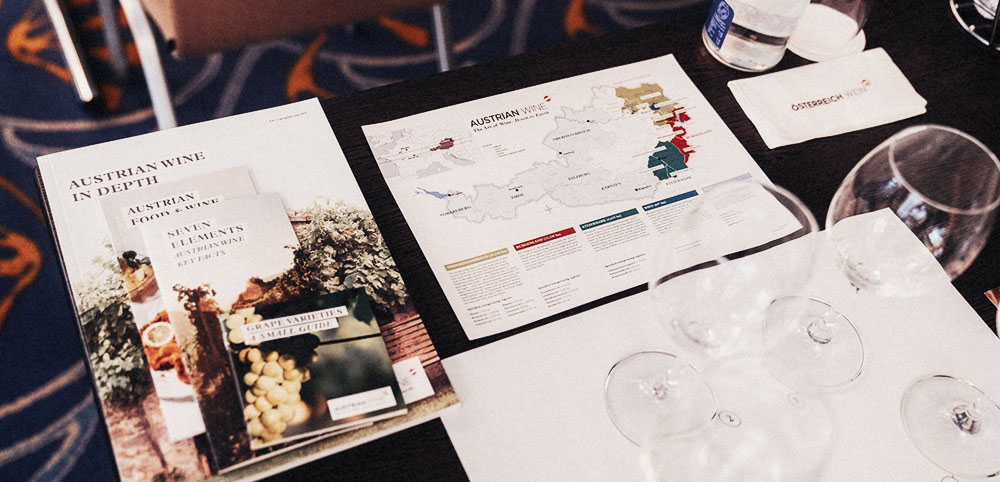Austrian Wine Summit proves wine tells its own story

Wine should be able to tell the story of where it is from: the people, landscape, culture and history of its home. The recent Austrian Wine Summit, Vineyard Interfaces in the Heart of Europe, could not have better exemplified this idea.
The summit focused on some of the best vineyards on Austria’s eastern borders, which touch the Czech Republic, Slovakia, Hungary and Slovenia. They were established after the First World War, at the start of the official dissolution of the Austro-Hungarian Empire, often dividing excellent vineyard sites (as well as farms and families) into separate countries. At that time, adversarial governing regimes politically divided and controlled regions for many decades, impacting the development of the wine industry for the next century. For example, wineries in the former Czechoslovakia were nationalized under communism (1948—1989) and the wine industry ceased to develop until after the fall of the regime.
At the summit, attendees visited Austrian wine-growing regions at the borders, accompanied by historians and university professors, who gave insight into the historical development of each region.
We sat at the Grenztisch, a border table located in Austria and Slovenia. The border was guarded until the 1990s, and the Grenztisch, established in 2013, represents a desire to reconnect.
In Burgenland, we walked along the Bridge at Andau, which represented one of the last possibilities of escaping Hungary during the rise of the Iron Curtain. Tens of thousands fled across the bridge in 1956 before it was sealed off with barbed wire, mines and armed guards.
According to Willi Klinger, managing director of the Austrian Wine Marketing Board, the objective of the summit was “to help transform Austria’s borders into vineyard interfaces,” reinforcing the notion that wine and food can unite.
Caring about where your wine is from and understanding the journey of the people involved in its production should not detract from your enjoyment of drinking wine. On the contrary, it should enhance your appreciation for what is in the glass.
